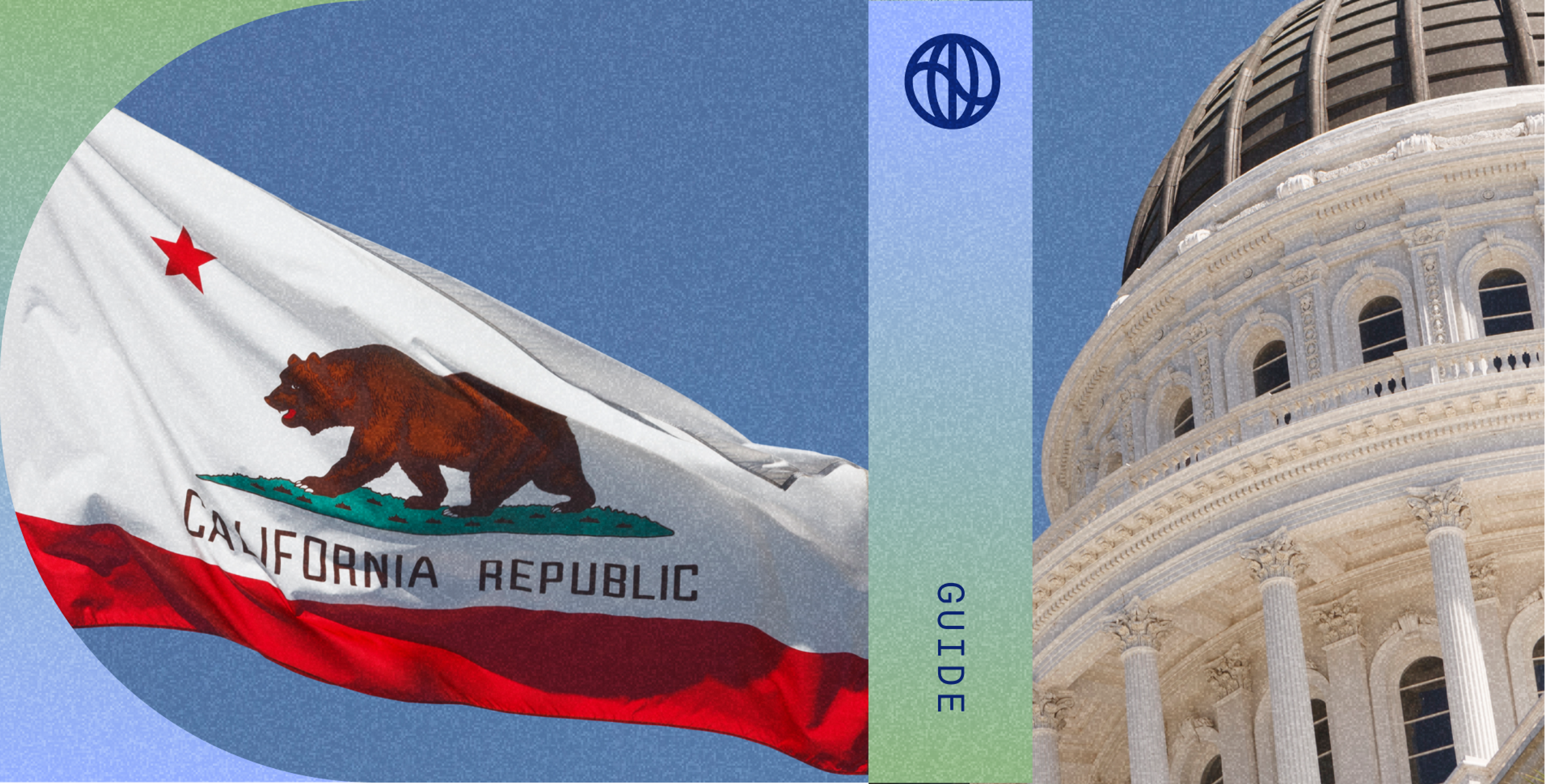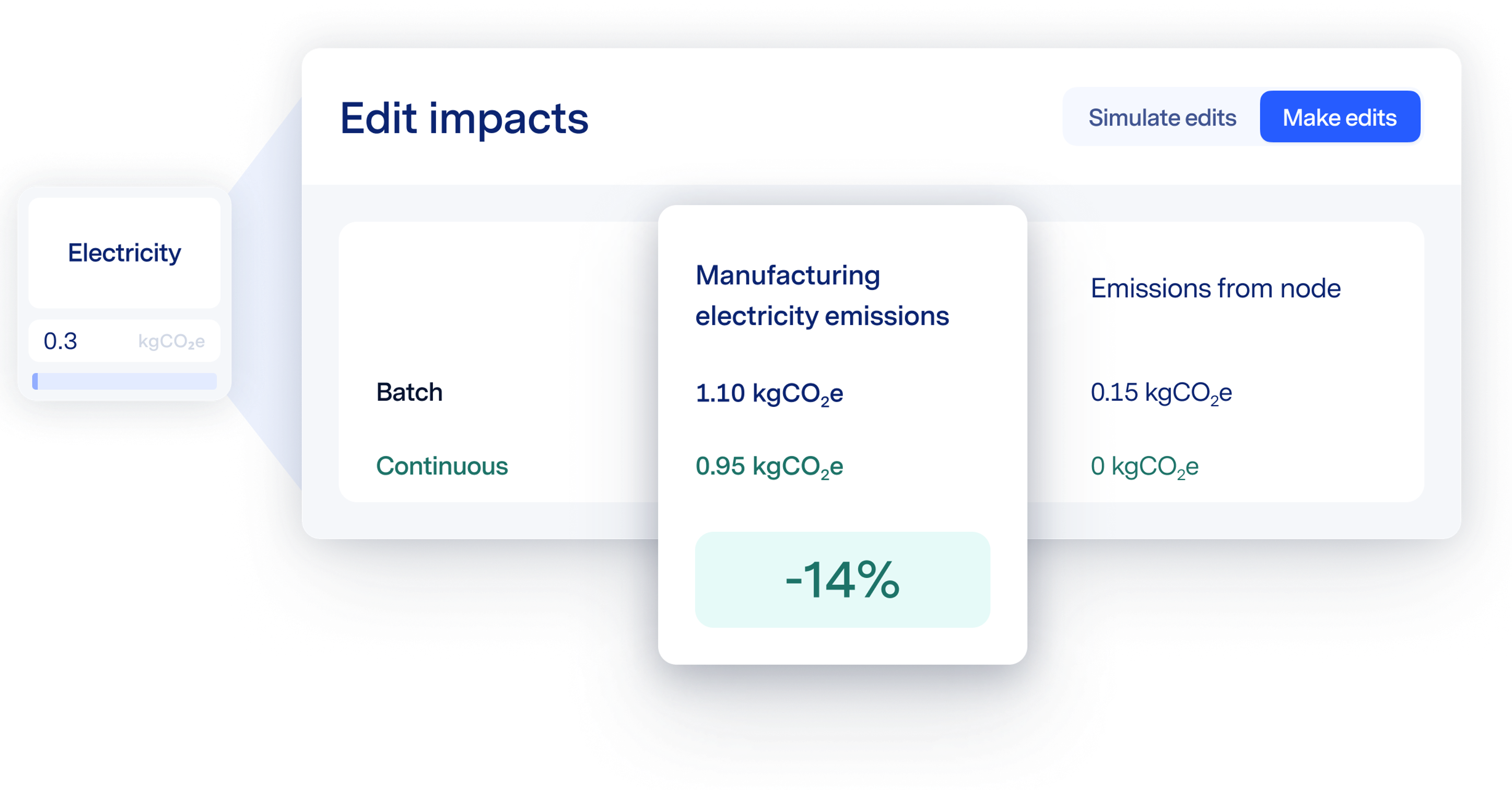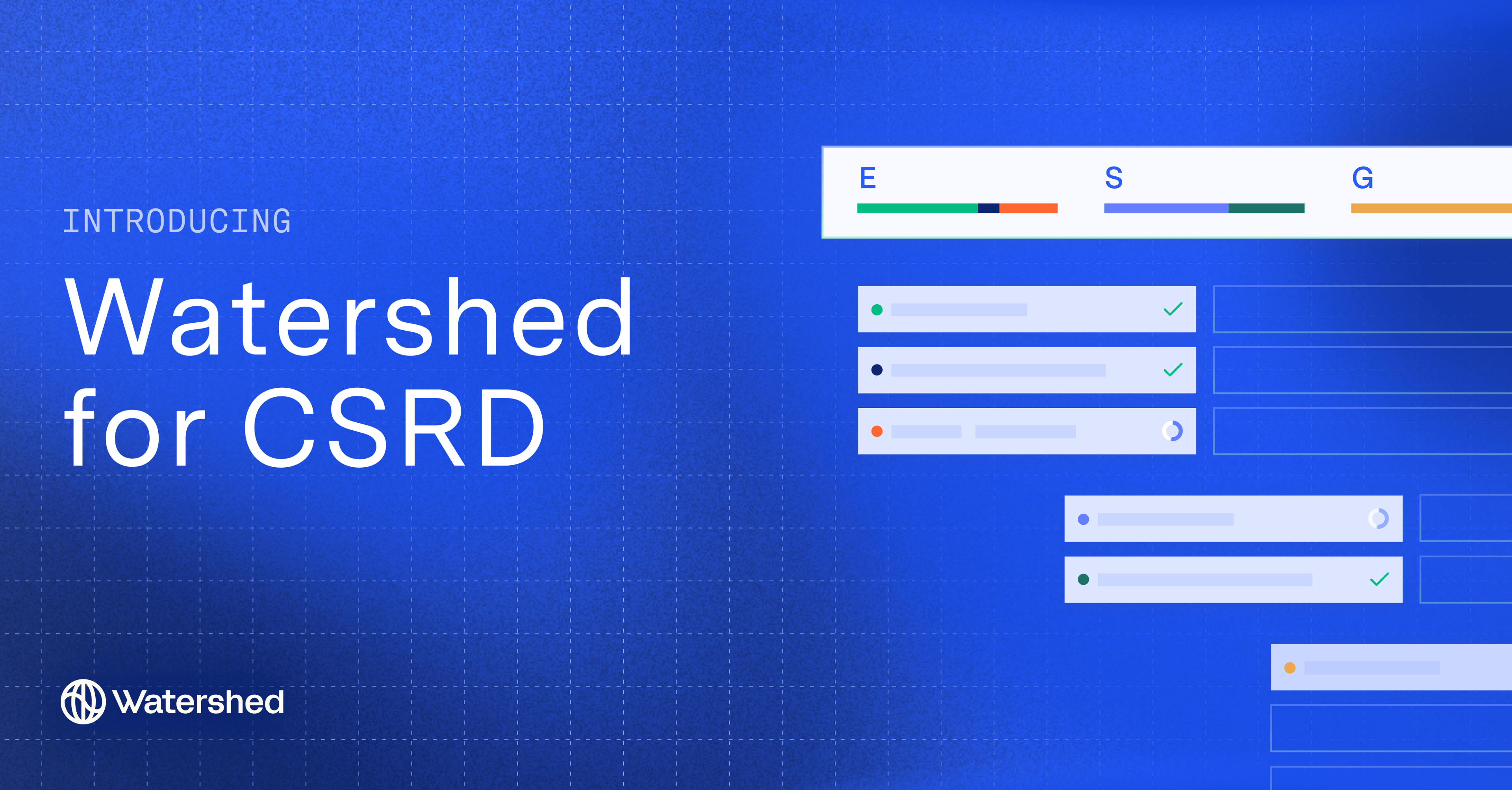CARB—the California Air Resources Board, the regulator implementing California’s climate disclosure laws—held its third public workshop on November 18, 2025, delivering the clearest guidance yet on how companies should prepare to comply with SB 253 and SB 261.
Alongside the slides presented in the workshop, CARB also provided an updated FAQ, and a finalized Climate-Related Financial Risk Report Checklist. Together, these updates give companies a more concrete view of what to expect in 2026.
November 2025 workshop on California climate disclosure rules
Key takeaways
SB 253: updated timeline and significant first-year flexibility
For SB 253, the law requiring emissions disclosure, CARB has now proposed a first-year reporting deadline of August 10, 2026.
CARB also confirmed that there will be significant first-year flexibility: under the Enforcement Notice issued last year, the expectation is that companies “give what [they] have on hand” in the first year. For example, if a company was not collecting emissions data when the Enforcement Notice was issued in December 2024, it does not need to submit emissions in 2026, only a short statement explaining non collection.
Further clarifications include:
- Limited assurance is not required for 2026, though companies can submit assurance if it has already been secured.
- The SB 253 reporting template provided by CARB is optional, and companies can provide any report which includes scope 1 and 2 emissions in year one.
- CARB provided clarity on which year’s data to use: companies with a fiscal year ending Jan 1–Feb 1, 2026 report FY26 data; companies closing after Feb 1 report FY25 data.
SB 261: new guidance provided
CARB finalized its Climate Risk Report Checklist and expanded its FAQ to provide clearer expectations for SB 261 reports.
Companies in early stages of risk reporting are encouraged to disclose progress rather than perfection:
- Reports may reflect best-available data, including earlier fiscal years (i.e. FY 23/24 or FY 24/25).
- Climate scenario discussions can be qualitative.
- Gaps, limitations, and assumptions should be disclosed.
- Industry-specific ISSB/IFRS guidance is encouraged but not required (with CARB adding two specific guidance docs to the SB 261 checklist on this).
CARB clarified the submission process for SB 261 reports: Companies must post their risk reports on their company website by the deadline (originally January 1, 2026, though currently stayed until the court reviews the case on January 9, 2026).
Companies must also post a link to a public docket, which CARB is due to open on December 1, with the docket remaining open until July 1, 2026.
The details
Updated definitions of revenue, doing business, and parent/subsidiary
CARB acknowledged limitations with the preliminary list of in-scope companies it released in September. The regulator emphasized that the list was primarily meant to help CARB calculate fees by estimating the number of entities, rather than act as a compliance tool.
To help companies understand if they are in scope, the regulator provided a flow chart, which should be used on an individual-entity basis, and provided clarity on they key definitions:
- Revenue: Based on “gross receipts” under the California Revenue and Tax Code (RTC) § 25120(f)(2). To support edge cases, applicability for the laws will be determined by lesser of the entity’s two previous fiscal years of revenue.
- Doing business in California: Based on RTC § 23101, omitting 23101(b)(3-4) on property holdings and payroll. This clarification is an acknowledgement that regulated entities should have a significant economic connection to the state, determined by having Californian sales above $735,019, rather than being based on property or payroll amounts
- Parent-subsidiary: Aligned with CARB’s Cap-and-Invest rules i.e. >50% ownership or control threshold. Parent companies are not automatically deemed to be doing business in California simply because a subsidiary is; and revenue thresholds depend on unitary filing. Each entity should check compliance on a standalone basis.
Expanded exemptions
CARB updated its proposed exemptions to include 1) non-profit and charitable organizations, and 2) companies whose only California presence is teleworking employees; alongside government entities and insurance companies, which are already excluded by statute. Staff also proposed extending the statutory insurance company exemption in SB 261 to SB 253 for consistency.
Finally, some companies may be de facto exempt if they do not report gross receipts in their California corporate tax filings, and would therefore not meet the laws’ revenue thresholds. CARB mentioned holding companies and mutual funds. Companies should use the flow charts and definitions provided by CARB, and speak to their legal counsel to confirm.
Fee structure clarified
CARB confirmed annual flat fees for each applicable law, with fees for both SB 253 and SB 261 required annually, even though SB 261 reports are biennial.
Fees will be applied for every in-scope subsidiary, not per corporate group. Parent companies may pay these fees in a single payment.
Final fee amounts will be finalized once CARB publishes the final regulated entity count.
What comes next?
CARB will release the Notice of Proposed Rulemaking (NPRM) for the initial regulation in the coming weeks, with a Board vote planned for Q1 2026. This first rulemaking will finalize:
- Proposed deadline for SB 253
- Final fee structure
- Definitions and exemptions
CARB also opened a consultation for scope 3 measurement, inviting feedback on which scope 3 categories companies use most, or are most useful for customers and investors, ahead of scope 3 disclosure deadlines in 2027.
What your company should do now
In-scope companies should proceed with preparing their SB 261 reports ahead of the January deadline, and begin collecting data for SB 253’s August deadline. Watershed can help: reach out for questions, measurement, report preparation and more.
August 2025 CARB workshop on California climate disclosure rules
On August 21, 2025, CARB (the California Air Resources Board) hosted their much-anticipated second workshop on the upcoming climate disclosure rules.
In this workshop CARB moved beyond early concepts with the package of bills they are now calling "the 200s" (SB 253, SB 261, and SB 219), providing proposed deadlines, estimates on companies in scope, reporting options, and fee estimates. The result is that companies now have a much clearer picture of what to expect and can start moving from “planning” to “preparing.”
Key takeaways
- Deadlines clarified:
- SB261 climate risk reports: due January 1, 2026 (and every other January thereafter)
- SB253 emissions disclosures: scopes 1&2 likely due June 30, 2026 (but TBC), and scope 3 in 2027
- And in September 2025: we should get a full list of captured companies, and a draft report template for SB253.
- Scope: CARB estimates around 2,600 companies in scope for SB253 and 4,100 for SB261
- SB261 clarified: CARB will publish minimum requirement guidelines, but in the meantime confirmed that companies can disclose a TCFD, IFRS S2 report, or other equivalent regulated-disclosure framework.
- Fees proposed: $3,106 for SB 253; $1,403 for SB 261; $4,509 if subject to both.
- Assurance: SB 253 reports will require third-party assurance, aligned with existing frameworks.
The details
Deadlines are clearer
CARB has proposed June 30, 2026 as the first deadline for Scope 1 and 2 disclosures under SB 253. Climate risk reports under SB 261 remain due January 1, 2026, and every two years thereafter.
Who’s in scope? A company list is coming
CARB is likely to refine its definitions for “revenue” (to align with S&P, Dunn & Bradstreet metrics) and “doing business in California” (likely using the CA Secretary of State Business Entity database) after much feedback.
Using this, they’ve estimated:
- 2,596 companies will fall under SB 253 (emissions reporting)
- 4,160 companies under SB 261 (climate risk reporting)
And helpfully, CARB indicated it will publish a list of those companies in the next few weeks.
There still remains some uncertainty on parent-sub relationships, especially for foreign-domiciled parent companies, and the number of questions in the Q&A suggests we’ll get more on this soon.
We got clarity on SB 261 minimum requirements
CARB promised to publish fuller guidance but confirmed that companies can meet SB 261 requirements through one of three approaches:
- A TCFD-aligned report,
- An IFRS S2 (ISSB) report, or
- A disclosure prepared under another regulated exchange or government entity.
Within this, CARB highlighted:
- Reports should follow the four TCFD/ISSB pillars (governance, strategy, risk management, metrics & targets);
- Emissions disclosures are not strictly required; and
- Any discussion of climate scenario analysis can be qualitative rather than quantitative, and similarly a nice-to-have.
For companies already reporting under TCFD or CSRD, this suggests strong alignment and an opportunity to leverage existing work.
Fees were revealed
The 200s authorize CARB to collect a fee to cover the cost of administering the programs. Based on their estimated number of companies captured, CARB has proposed an equal fee for all disclosers which they’ve estimated at:
- $3,106 for SB 253
- $1,403 for SB 261
- $4,509 if reporting under both
Assurance requirements for SB 253
SB 253 will require third-party assurance and CARB set out a few principles – most importantly that they intend to align with existing assurance frameworks rather than try to stand up their own assurance program.
Companies should expect assurance capacity to be stretched and begin early conversations with providers to avoid a rush.
What your company should do now
We now know the key dates, frameworks, and fees—and companies can now start moving from “planning” to “preparing.”
- Mark your calendar: January 1, 2026 (SB 261) and June 30, 2026 (SB 253 scope 1 & 2).
- Leverage existing reporting: Align TCFD, ISSB, or CSRD workstreams where possible.
- Assess scope now: Review whether you are captured under the revenue and “doing business” definitions; expect a CARB company list soon.
- Give feedback: CARB is actively seeking engagement and companies should weigh in while definitions and templates are still open.
- Plan for assurance: Begin early conversations with assurance providers for SB 253 compliance.
May 2025 CARB workshop on California climate disclosure rules
On May 29th, the California Air Resources Board (CARB) held their first public workshop on the upcoming climate disclosure rules. Reflecting the scale of the work, over 3000 people signed up, with more than an hour of Q&A, and opening remarks from Senators Wiener and Stern (two authors of the bills).
The takehome message was clear: deadlines are being held firm, with both CARB and Senator Wiener explicitly stating that first disclosures are due in 2026. While some of the key definitions are still to be ironed out, we broadly know which companies are likely to have to report, and that disclosures will likely align with the GHG Protocol and TCFD/ISSB frameworks. As expected, CARB won’t have resolved the full details by the July 1 deadline set in statute, but they have laid out initial proposals and are now actively inviting public engagement with an aim of finalizing these towards the back end of the year.
The background
As a reminder, in late 2023 California passed bills SB 253 and SB 261, requiring certain companies to disclose climate-related metrics (with both bills being updated in SB 219 in late 2024).
SB 253 requires businesses which do business in California, and with revenues above $1 billion, to disclose their scope 1 and 2 greenhouse gas emissions in 2026, adding scope 3 emissions from 2027. SB 261 requires businesses which do business in California, with revenues of more than $500 million, to disclose climate-related financial risks by January 1, 2026.
CARB is responsible for developing implementation regulations for SB 253, which were initially due on January 1, 2025 though the deadline was later moved back to July 1, 2025 (as part of SB 219). For SB 261, CARB aren’t explicitly required to adopt regulations, and are considering whether to publish either regulation or guidance. The public workshop on Thursday (May 29, 2025) was held after a public consultation period, and aimed to share initial proposals on key definitions, as well as to invite public engagement.
The workshop
During the workshop, CARB presented its initial proposals for the implementing regulations, as well as providing a series of guided questions to shape feedback. Their presentation slides can be found here.
There were also presentations from Montrose Environmental, who were commissioned by CARB to summarize other GHG reporting programs (here), and the UCLA Center for Impact, who gave an overview of their State of Corporate Sustainability Disclosure report (slides and the full report here).
Key takeaways
Timelines are being held firm. First disclosures are due in 2026, though detailed rules are only expected later this year.
CARB confirmed what had already been expected – that the specific regulations for SB 253 will not be ready by the July 1 deadline – but stated their revised goal of providing regulations by the end of year. Notwithstanding this delay, both Senator Wiener and CARB reiterated that first disclosures under 253 will still be due in 2026:
“Scope 1 & 2 disclosures will be required in 2026, and scope 3 in 2027. Those timeframes are holding firm. ”
Senator Scott Wiener
Similarly, representatives from CARB said, "We want to be clear, scopes 1 & 2 with limited assurance in 2026 is a statutory requirement."
In line with last December’s Enforcement Notice on SB 253, CARB acknowledged that companies need some time between issuance of CARB’s rules and the first report filing, and confirmed that no penalties will be issued in the first year, so long as companies can show a good faith effort to report emissions. CARB’s adoption of this approach allows people to start with what they have and build capabilities to prepare for full compliance down the road.
For SB 261, while CARB isn’t explicitly required to develop regulations, they asked whether the bill should be implemented via guidance or regulation. They are currently looking at how other regulators have approached climate risk rules and seeking input as to what would be most feasible.
More detail is needed – and expected – on who is captured by the regulations.
Many of the comments in the public consultation focused on this, with questions primarily falling into three buckets: how the regulations will define “revenue,” “doing business in California” and parent-sub relationships. CARB’s approach was to present “initial staff concepts” for each definition, with public opinion invited for feedback::
Revenue: the CARB proposal is to define this as gross receipts as per the California Revenue and Taxation Code (Section 25120(f)(2)).
Doing business in California: responses in the public consultation were split as to whether the definition used in the Californian Revenue and Tax Code was appropriate, or too broad. CARB favors the former, and has proposed that the Code definition (Section 23101) is workable, with some minor modifications.
This would set a relatively low threshold for what doing business in California means, essentially being any entity which is actively engaged in in any transaction for the purpose of financial or pecuniary gain or profit and meets any of the following conditions:
- The entity is organized or commercially domiciled in California.
- Sales in the state exceed $735,019 (for 2024).
- The value of real property and tangible personal property of the entity in California exceed $73,502 or 25% of the entity's real property and tangible personal property.
- The amount paid in California for compensation exceeds $73,502 or 25% of the total compensation paid by the entity.
Parent-sub relations: CARB intends to leverage the California cap-and-trade approach for defining corporate relations. Under that program, one entity with ownership or control of 50% or more over another entity is considered to have a corporate association.
The details
CARB is still ironing out the nuanced details on what will be specifically required of companies.
The good news is CARB repeatedly expressed a desire to minimize the burden on companies and, where possible, align with existing frameworks and guidelines. There seems to be strong appetite from both CARB and respondents for conformity with GHGP and other geographies’ requirements.
That said, CARB highlighted the challenge of taking voluntary frameworks and turning this into the level of specificity required for a regulation (e.g. noting the areas where GHGP says entities “should” rather than “shall”).
On 253, CARB spoke for the first time about the issue of materiality – not mentioned in the legislation – acknowledging that they’d heard repeatedly that materiality thresholds for scope 3 were critical. That said, there was opposition from other quarters and it’s unclear where this will land.
On 261, questions were asked about which sections of TCFD would be required (noting that TCFD also includes emissions for instance); and on how people should think about ISSB versus TCFD. CARB has simply stated that entities should provide disclosures to the best of their ability, but has provided no further details on formats or enforcement.
What your company should do now
CARB is now seeking feedback from the public, and we should expect a series of workshops throughout the year.
Summary FAQs
Are the compliance dates for SB 253 and SB 261 still 2026?
Yes. SB 253 will be required in 2026, though the exact date hasn’t yet been given. For SB 261, CARB confirmed that reports are due by January 1, 2026. While CARB has promised to continue sharing more information on both throughout the year, SB 261 differs in not explicitly requiring implementing regulations from them.
When will more guidance be issued?
CARB continues to seek public engagement and aims to issue detailed guidance by the end of the year. As had been widely expected, they will not meet the July 1 deadline for implementing regulations, but continue to seek stakeholder engagement and will provide updates over the coming months.
Who will be captured by the regulations?
Not fully resolved. CARB has laid out initial proposals on the key definitions to align with the Californian Revenue and Tax Code, but are actively seeking public comments on their proposals. It remains unclear for instance whether revenue would be specific to the Californian business or the business as a whole.
Will this be enforced?
Yes. Both bills have been passed into law. CARB has discretion on how to enforce them both and has stated that there will be no penalties for SB 253 reports in the first year, so long as entities can show a good faith effort to comply.
Will there be materiality thresholds for certain scope categories?
Not currently, but unclear. CARB highlighted that many public responses called for materiality thresholds for scope 3 emissions. They also stated that they want to avoid overburdening companies – though noted that they have to balance this with the need for accuracy and specificity.
Will companies need to provide a full TCFD or ISSB report for SB 261 reporting?
CARB reiterated that it wants to use existing report structures, specifically TCFD and/or ISSB. However, both of these are voluntary frameworks and CARB is required to use certain language when writing regulations to provide the right level of clarity. It therefore acknowledged that it is considering options and will provide more updates shortly, but didn’t provide any update on the suggested format or scope.
Did the meeting address the current legal challenges to both laws?
No. That said, part of the lawsuit against the bills has already been dismissed, while the timeline for the remainder of the lawsuit looks likely to continue past the first compliance dates.
Want to stay up-to-date with the latest on these rules and other policies? Subscribe to Watershed's policy newsletter.










